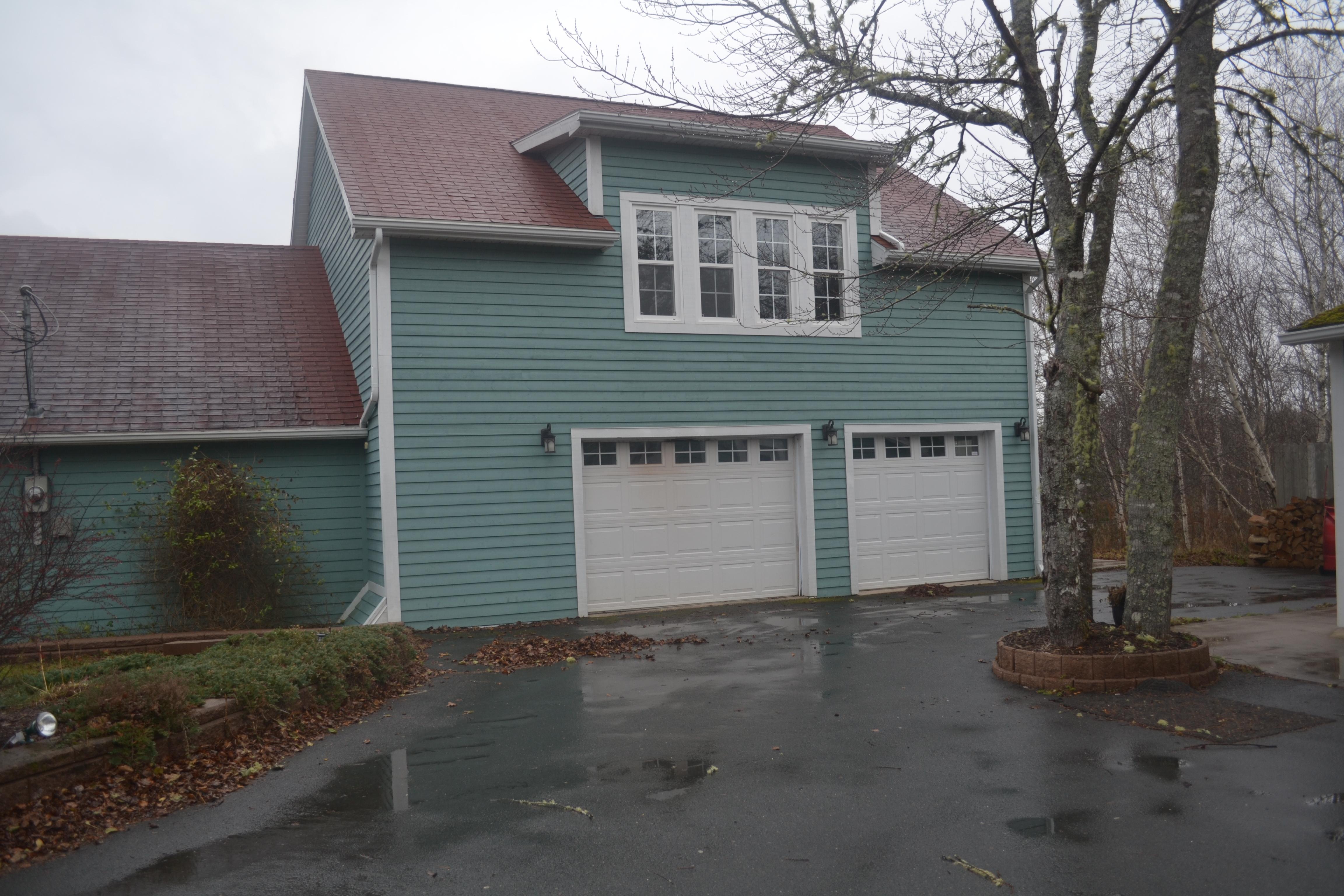Creating a safe home environment for seniors is an essential step in ensuring their well-being, independence, and peace of mind. As our loved ones age, their needs and vulnerabilities change, often requiring adjustments in their living spaces to enhance safety and comfort. This guide aims to walk you through practical and compassionate strategies to adapt your home to better suit the needs of seniors. Whether you’re caring for a parent, a relative, or a cherished neighbor, these insights will help you create a nurturing environment that supports their dignity and quality of life. By taking proactive steps, you can transform any home into a sanctuary where seniors can thrive, feel secure, and maintain their autonomy.
Understanding the Unique Needs of Seniors
As we strive to create a safe and nurturing environment for our senior loved ones, it’s crucial to recognize their distinct requirements. Seniors often face challenges related to mobility, vision, and cognitive changes, which necessitate thoughtful adjustments in their living spaces. Addressing these needs proactively can significantly enhance their quality of life and independence.
- Mobility Considerations: Many seniors experience decreased mobility, making it essential to ensure that pathways are clear and wide enough for walkers or wheelchairs. Consider installing handrails along staircases and in bathrooms to provide extra support.
- Vision Adjustments: Age-related vision decline requires attention to lighting. Ensure that all areas of the home are well-lit, especially staircases and hallways. Use contrasting colors for floors and walls to help seniors navigate more easily.
- Cognitive Support: Cognitive changes can impact memory and decision-making. Simple adjustments, such as labeling drawers and cabinets, can aid in daily tasks. Additionally, incorporating technology like smart home devices can offer reminders and increase security.
| Need | Solution |
|---|---|
| Mobility | Install ramps and remove tripping hazards |
| Vision | Enhance lighting and use contrasting colors |
| Cognitive | Use labels and smart home reminders |

Adapting the Home for Accessibility and Comfort
Creating a home environment that is both accessible and comfortable for seniors involves thoughtful modifications that cater to their needs. It’s essential to ensure that every part of the home is easy to navigate and reduces the risk of accidents. Here are some practical suggestions:
- Bathroom Safety: Install grab bars near the toilet and in the shower. Consider a walk-in tub or a shower chair for added security.
- Lighting: Ensure that all areas of the home are well-lit. Motion-sensor lights can be particularly helpful in hallways and bathrooms.
- Flooring: Remove any loose rugs or mats that could cause tripping. Consider non-slip flooring options for areas prone to moisture.
| Area | Adaptation | Benefits |
|---|---|---|
| Kitchen | Adjustable countertops | Ease of access |
| Stairs | Chair lifts | Safe mobility |
| Bedroom | Bed rails | Prevent falls |
Small changes can make a big difference in enhancing both accessibility and comfort. Embracing these adjustments not only fosters independence but also provides peace of mind for both seniors and their families.

Ensuring Safety with Technology and Smart Devices
Integrating technology and smart devices into the home can significantly enhance safety for seniors, offering peace of mind for both the elderly and their loved ones. Smart home technology can monitor, alert, and even prevent accidents, ensuring that seniors live independently while staying connected to help when needed.
- Smart Doorbells: These devices allow seniors to see who is at their door without needing to open it. Features like video streaming and two-way communication can deter potential intruders.
- Fall Detection Sensors: Placed in strategic locations, these sensors can detect falls and immediately notify caregivers or emergency services, reducing response times.
- Medication Reminders: Smart pill dispensers can be programmed to alert seniors when it’s time to take their medication, helping to manage prescriptions effectively.
| Device | Function | Benefit |
|---|---|---|
| Smart Thermostat | Automatically adjusts temperature | Maintains comfort and energy efficiency |
| Video Monitoring System | 24/7 live video feed | Enhances security and allows remote check-ins |
| Voice-Activated Assistants | Responds to voice commands | Provides hands-free assistance |
Adopting these technologies not only fosters a safer living environment but also encourages independence and confidence among seniors. It’s crucial to tailor these solutions to individual needs, ensuring ease of use and accessibility. Always involve seniors in the decision-making process, allowing them to feel empowered by the technology that surrounds them.

Fostering a Supportive and Connected Environment
Creating a nurturing atmosphere at home for seniors involves more than just physical safety. It’s about building a supportive network that encourages open communication and emotional well-being. Begin by actively listening to their concerns and preferences, ensuring they feel heard and respected. Establish regular check-ins, either in-person or virtually, to maintain a connection and provide reassurance.
- Encourage family members to share meals and participate in activities with seniors, fostering a sense of inclusion.
- Introduce technology like tablets or smart speakers to help them stay connected with friends and family, reducing feelings of isolation.
- Create a shared calendar for appointments and social events, enhancing their sense of belonging and security.
| Resource | Purpose |
|---|---|
| Community Centers | Offer social activities and support groups |
| Online Platforms | Connect with family and friends easily |
Empower seniors by involving them in decision-making processes regarding their care and daily routines. This not only boosts their confidence but also strengthens the bond between them and their caregivers. By prioritizing their emotional and social needs, you create a home environment that is not just safe, but truly supportive and connected.








































